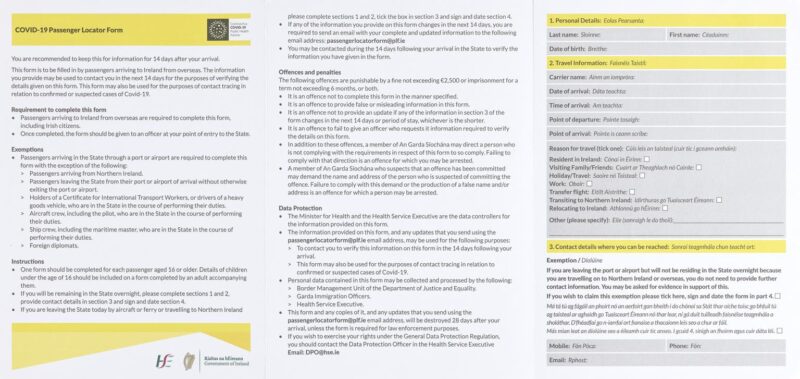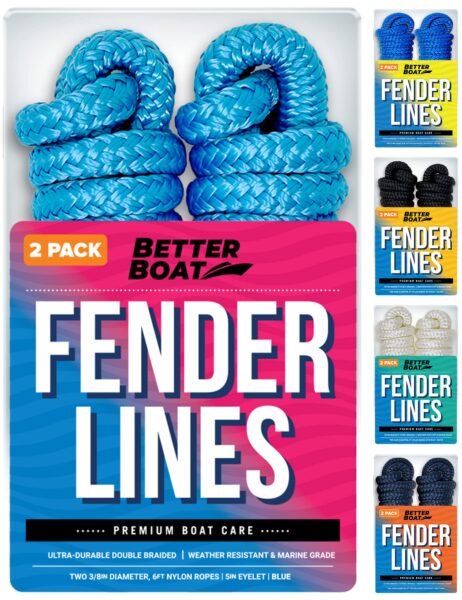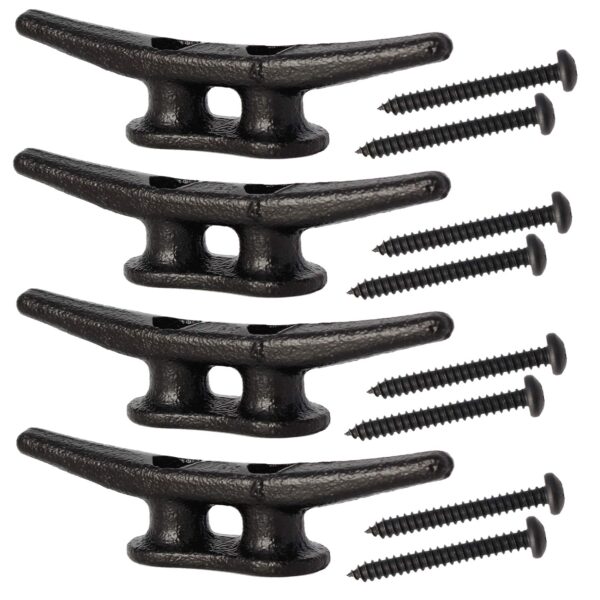Picture this: a sunny day, calm waters, and your boat docked for a quick fuel stop before a day of adventure. But before you top off the tank, ask yourself—where should your passengers be? The answer? They should be ashore. Let's explore why this is a non-negotiable part of safe boating.

Fueling a boat isn’t your average pit stop; it involves flammable liquids, vapors, and the potential for fire hazards. To minimize these risks, all passengers should disembark and remain on dry land while the boat is being fueled. This precaution keeps them away from fumes, which can accumulate in enclosed spaces, and reduces exposure to any potential accidents.
Gasoline vapors, for example, are heavier than air and can linger in low areas like the bilge. A stray spark or accidental ignition could turn a simple task into a serious emergency, which is why clearing the boat is a must.
Proper fueling procedures go beyond sending passengers ashore. Here’s a breakdown of steps to ensure everything goes smoothly:
Overfilling your tank can lead to spills, and spills are more than just messy—they’re dangerous and environmentally harmful. To keep things safe:
| Fueling Step | Action | Why It Matters |
|---|---|---|
| Disembark Passengers | Send them ashore | Protect them from fumes and potential hazards |
| Secure the Boat | Check moorings | Prevent movement during fueling |
| Ventilate Post-Fueling | Open hatches and start the blower | Clear fuel vapors before starting the engine |
After you’ve fueled up, do this before welcoming passengers back onboard:
Only after completing these steps should you allow passengers to re-board. Their safety—and yours—depends on ensuring the area is completely clear of any lingering fuel vapors.
While the fueling process may seem routine, nothing about safety should be taken lightly. By following these steps and keeping passengers off the boat during fueling, you’re not just checking boxes—you’re ensuring a safe, smooth ride for everyone involved.
Ready to take your boating safety further? Share your fueling experiences or tips in our recent articles below! Let’s learn from each other and keep the waters safe and enjoyable for all.

These Boat Fender Bumper Hangers, made from durable braided material, are essential for securing your boat during fueling. By providing a reliable buffer between your vessel and the dock, they ensure your boat stays in place, allowing passengers to remain safely seated and preventing unnecessary movement or damage.

The VEITHI Inch Dock Cleat Electrophoretic is a durable and reliable dock cleat perfect for securely tying your boat during fueling. Its robust construction and electrophoretic finish ensure resistance to corrosion and long-lasting performance, making it an essential accessory for maintaining boat safety and stability at the dock.
Fueling up is just one part of the adventure, so keep things safe and enjoy the rest of your day by making sure your passengers stay ashore during the process. If you're keen to dive deeper into more boating tips or want to share your own safety hacks, let's keep the conversation going! Follow us over on Pinterest to see some great boating ideas, or tag us on Instagram with your own boating snaps. We're also chatting about it all on X (formerly Twitter) and would love to hear your thoughts on how you keep your adventures both fun and secure. And of course, you can join our community over on Facebook for more insights and shared experiences from fellow boating enthusiasts. Happy boating, and stay safe!
The process of refueling a boat at the dock is straightforward, but it's essential to stay attentive:
1. First, confirm that your boat is securely moored by checking the dock lines.
2. Remove the fuel fill cap.
3. Insert the fuel nozzle into the fill hole.
4. Keep the fuel flowing by holding the trigger mechanism in place.
To avoid overfilling, ensure the tank is never filled beyond 90% capacity, allowing space for fuel expansion and preventing spills. Make sure all air vents and valves leading to the fuel tank are open. Once fueling is complete, ensure the gas cap is tightly secured.
A key recommendation when docking your boat is to use lines and cleats for maneuvering and securing the vessel. Approach the dock cautiously, secure your boat using lines, remove any slack, and use fenders to protect both the boat and the dock from damage.
Apply the 'Rule of Thirds' for fuel planning during boat trips:
- Allocate one-third of the fuel for outbound travel.
- Reserve one-third for the return journey.
- Keep one-third as a backup.
